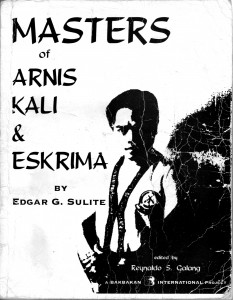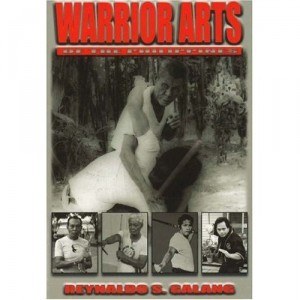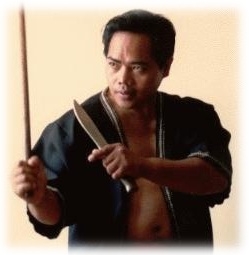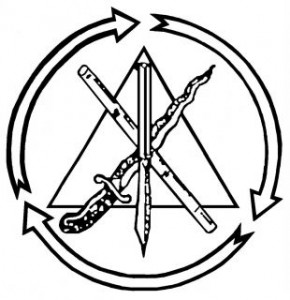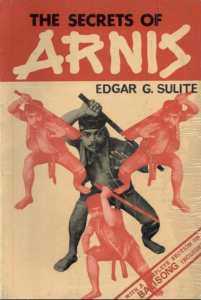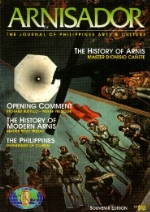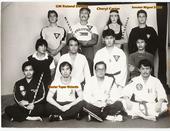
Bakbakan Philippines and Master Christopher Ricketts Bakbakan International is a martial arts association headquartered in Manila, Philippines and founded by Christopher Ricketts in 1964. It has chapters in Australia, Canada, and the United States. It also promoted the Masters of Arnis tour in Australia that featured Christopher Ricketts, Antonio Diego, Edgar Sulite, and Rey Galang. The school teaches the following methods: • Kali Ilustrisimo, which was developed by Antonio "Tatang" Ilustrisimo. • The Tulisan Knife-Fighting System, which works as an offshoot of Kali Ilustrisimo and is based on technique rather than drill. • The Sinawali Fighting System, which emphasizes ambidexterity and weapon mastery. • Lameco Eskrima, developed by Edgar Sulite. • The Sagasa Kickboxing System, which develops coordination, power, and reflexes. • The Hagibis Combat System of close-quarter combat, which primarily emphasizes grappling, throwing, and tripping as means of disabling individual opponents where multiple opponents exist. • Ngo Cho Kun Kung Fu, which emphasizes power, stamina, and concentration. Its notable members are Tony Diego, Edgar Sulite, Alexander Co, Christopher Ricketts, Rey Galang, Dodong Sta. Iglesia, Miguel Zubiri, Doran Sordo, Ding Binay, Ronnie Ricketts, Rolly Maximo, Ramon Tulfo, Rey Dizer, Edgar Aristorenas, and Leonard A. Anderson. The organization or its senior members have been featured in or written the following published works: • September 1997 issue of Exotic Martial Arts of Southeast Asia • Filipino Martial Culture by Mark V. Wiley • Five Ancestor Fist Kung Fu by Alexander Co • Premiere Issue of Martial Arts Illustrated Magazine • Masters of the Blade by Reynaldo S. Galang • Warrior Arts of the Philippines by Reynaldo S. Galang • Classic ARNIS - The Legacy of Placido Yambao by Reynaldo S. Galang • Complete Sinawali Filipino Double Weapon Fighting by Reynaldo S. Galang • The Secrets of Kalis Ilustrisimo: The Filipino Fighting Art Explained by Antonio Diego & Christopher Ricketts • Masters of Arnis Kali & Eskrima by Edgar G. Sulite • The Secerts of Arnis by Edgar G. Sulite • Advanced Balisong by Edgar G. Sulite • Inside Kung-Fu Magazine with Edgar G. Sulite • Cinturon Negro Magazine with Edgar G. Sulite Quote from a Master Ricketts interview: Q: Firstly what is the history and aim of Bakbakan? A: "Bakbakan means something along the lines of a free for all brawl. Bakbakan was founded in 1967 by a group of instructors from various styles of martial arts in the Philippines. Prior to the organization becoming a bastion of martial arts in the Philippines, the main objective of the original members was to elevate their fighting skills through constant full contact sparring. Originally there were only six of us: Ding Binay, Rolly Maximo, Christian Gloria, Eddie Ben Alicante, Rey Vizer and myself. We would meet at my house in San Miguel Village in Makati, where my bedroom was our original gym." … [Read more...]
